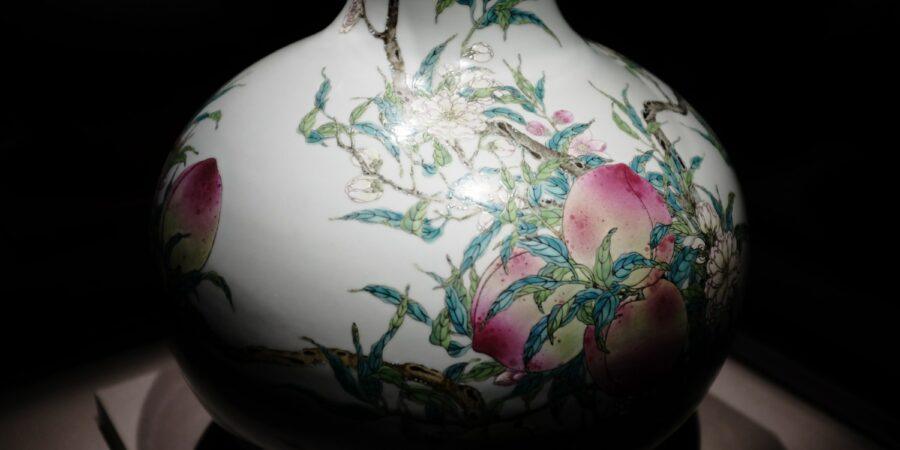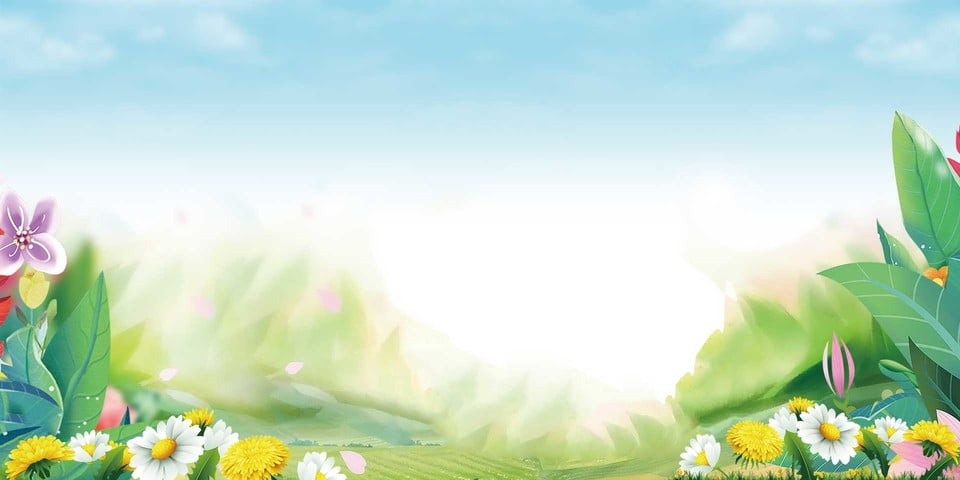The importance of traditional heritage art in African culture cannot be overstated. Most rites and celebrations are incomplete without powerful visual imagery, which includes dancing, singing, and storytelling. Weapons or emblems, prestige, and religious significance can all be found in works of art. Sculptures, paintings, “fetishes,” masks, figurines, and decorations are among the many forms of art created by African peoples.
Sculpture remains the focal point, and it is without a doubt the African people’s greatest achievement. The vast majority of sculptures are made of wood, but there are also works made of metal, stone, terracotta, ivory, as well as wholly unique creations made of beads and beads, and even soil! Archaeologists have uncovered ancient sculptures all over Africa, but the central and western sections of the continent have the highest number.
In contrast, rock painting is most common in the south and east. The Bushmen are thought to be the creators of the majority of these drawings (“people of the steppe”). The Bushmen’s drawings were made by shamans and were used in religious rites.
Items like colourful masks and fetishes are used to ward off evil spirits, witches, and ghosts. They were also employed as talismans to bring good fortune and protect against bad luck.
Characteristics
African art has distinct characteristics that allow it to be identified from art from other continents. For starters, there is virtually always a human person in the image’s centre. Second, African masters rarely aim for reality; instead, they want to simplify forms and abstract them. Third, to emphasise movement and motion, distorted, hypertrophied proportions are frequently used.
Themes In African Art
There are three basic themes that may be found in all African art heritage. The first is a symbiotic relationship between Forest and Settlement. Tribal members wear special masks and outfits that pay homage to this duality: the masculine, for example, is represented by an elephant, the strongest animal, and the feminine, on the other hand, is represented by a well-groomed, as far from the “natural” image as possible, symbolising civilization and contrasted with the wild, unbridled masculine.
The relationship here between sexes is the second theme. In Africa heritage, art has long been (and continues to be) employed as a form of “therapy” for resolving and eradicating family conflicts.
The difficulty of manipulating natural and supernatural forces in order to achieve our goals is the third major topic.
Each continent’s region has its own distinct artistic style. It is traditional in the western region to pay homage to famous ancestors and make symbolic sacrifices, which has a significant impact on the overall picture of local art artefacts. Art is more widely used in Central Africa, with original earthen building, needlework, jewellery, and leather products, as well as exquisite hairstyles.
African themes are quite popular nowadays all over the world. Many souvenir stores sell African-style items that customers are glad to bring home and use to decorate their houses.



